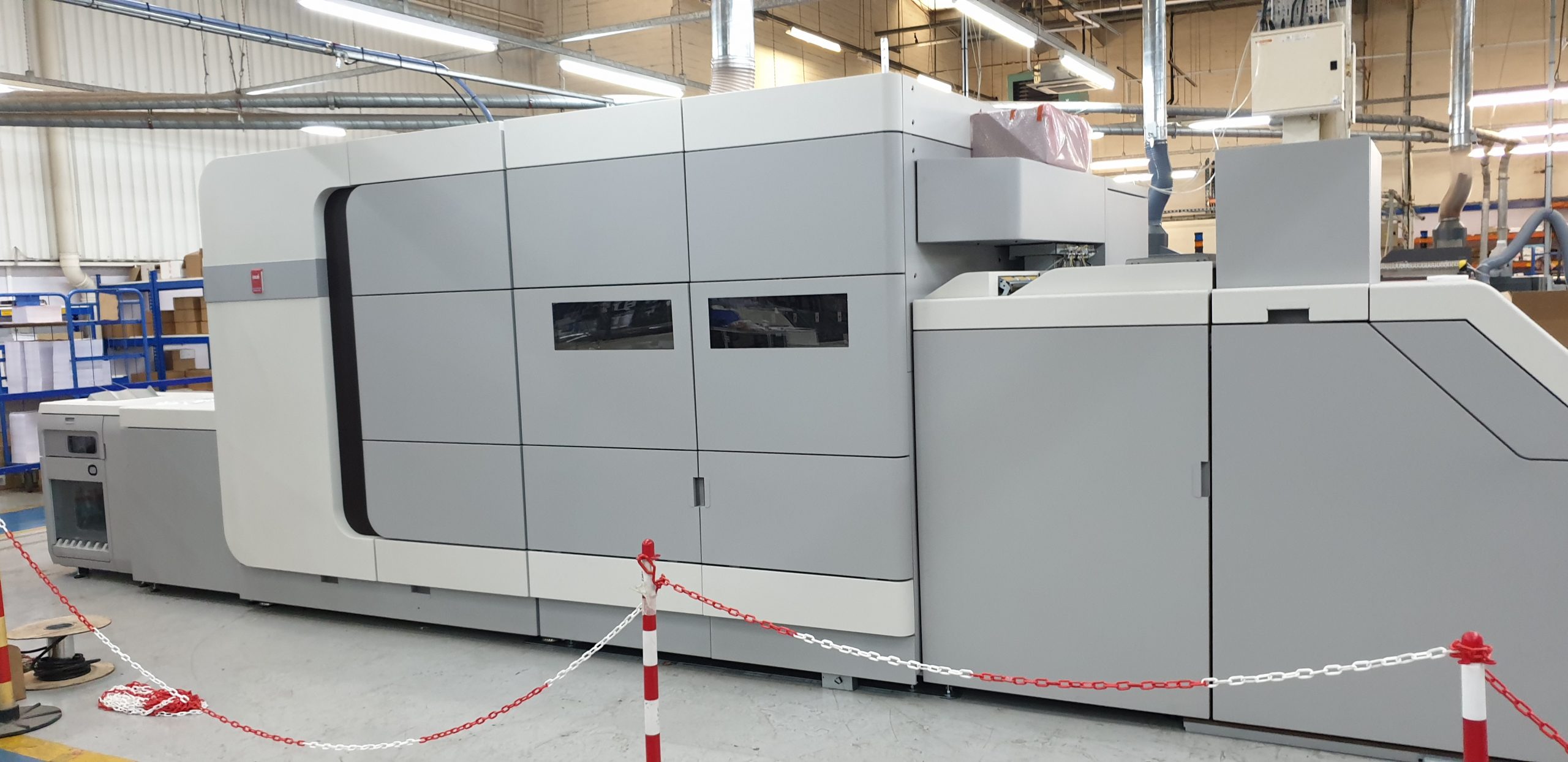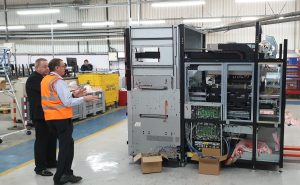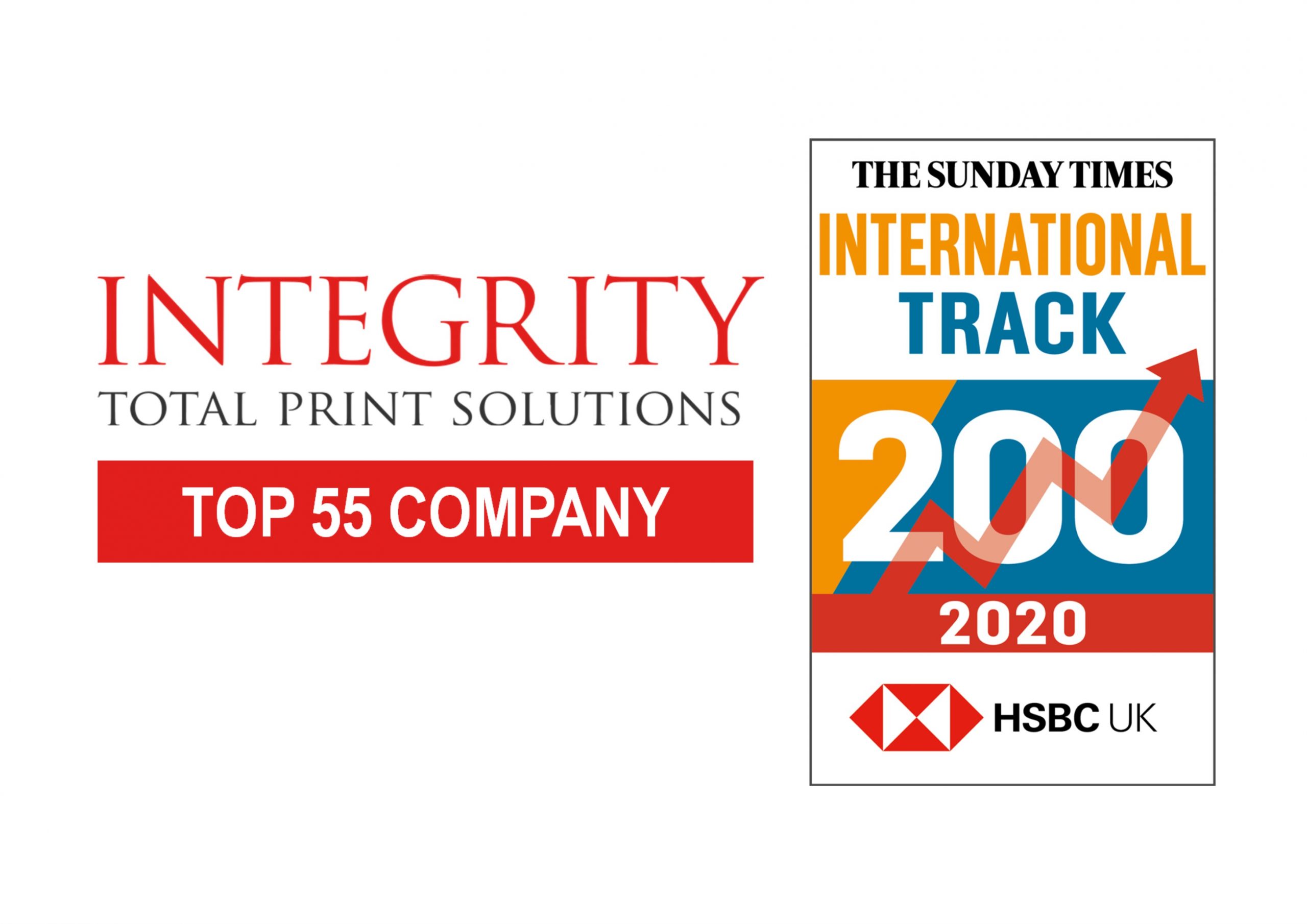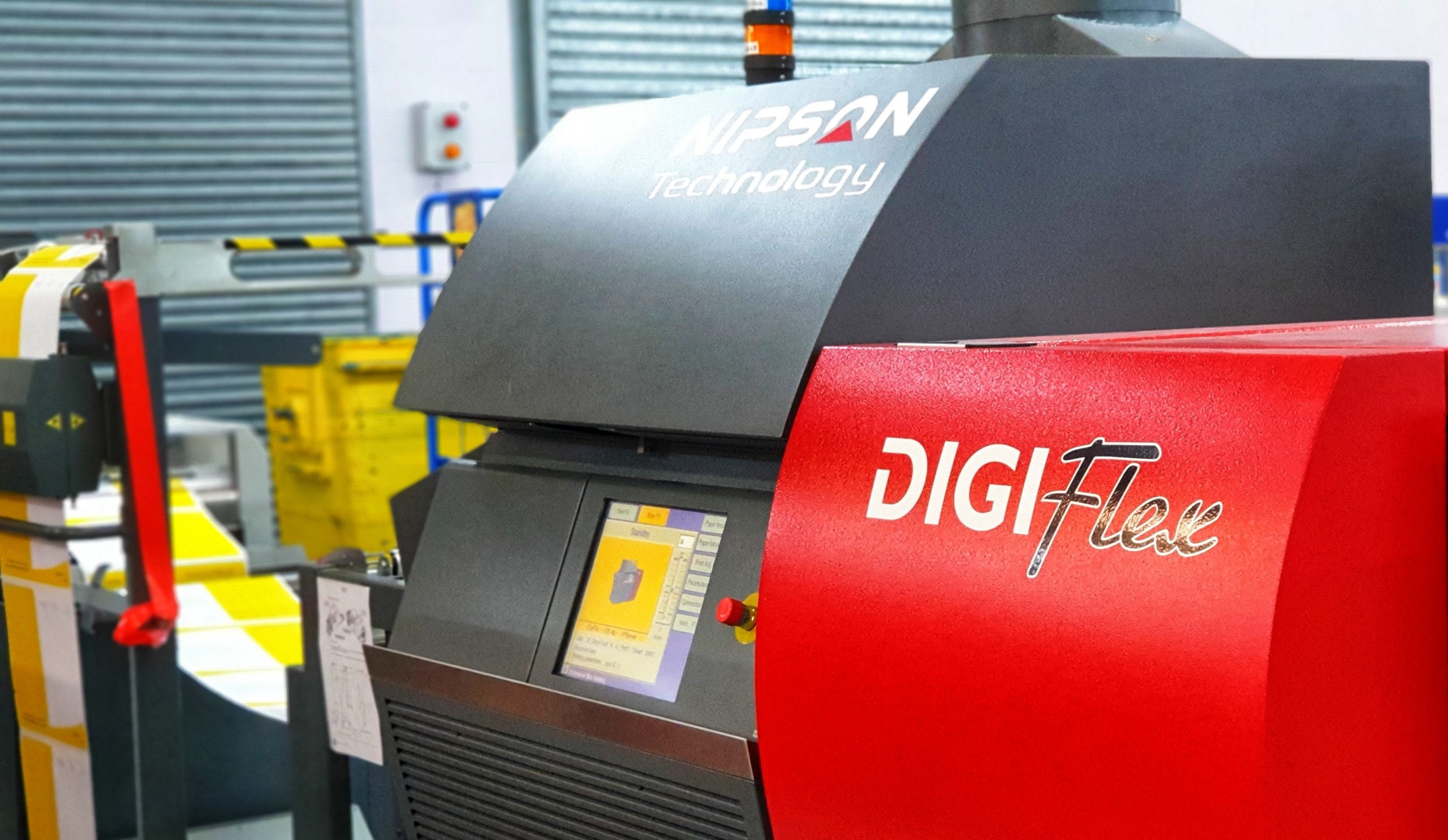Is print sustainable? It’s been just over a month since I joined the print industry and after coming to the conclusion that it definitely isn’t dead, I found myself questioning whether or not it’s genuinely sustainable: How clean is it? What’s the environmental impact of this undying industry?
The C words
Whether it’s being lobbied by Greta or denied by Trump, climate change is one of the most prominent issues of the modern age. Environmental awareness is on the rise as more and more of us are demanding more sustainable solutions to the needs of our lives and businesses. So where does that leave print?
In the UK alone, it’s estimated that we use 12.5 million tons of paper each year. On average, it takes roughly 24 trees to make 1 tonne of white office paper.
Surely that isn’t sustainable?
Well, it seems that it isn’t quite as simple as that. Print companies have been sourcing sustainable supplies of paper for decades. 98% of the paper that is bought by Integrity comes with either FSC and PEFC certification. These organisations ensure that their paper is sourced only from sustainable forests, and the Chain of Custody Certification provides a means of identifying every link in the production chain; from source of timber, through to paper manufacture and the printing process. Considering this, the print sustainability promise appears to become more credible.
Myth busting
It seems that there is so much bad press when it comes to the sustainability of the print industry; so many preconceptions about deforestation, conspicuous consumption and unsustainability. What’s myth and what’s fact? Who do you listen to? There are always two sides . . . (shameless segue alert!) . . . Two Sides is an organisation that looks to dispel common environmental misconceptions by providing facts and information to its audience about the sustainability of the print and paper industries; addressing statements such as “paper is bad for the environment”, “paper production is a major greenhouse gas emitter” and “planted forests are bad for the environment”
But what about the ink?
True. The VOC (Volatile Organic Compound) emissions from solvent-based inks can have a detrimental effect on indoor air quality. The IPA (Isopropanol Alcohol) is one such contributor to this effect. IPA is also an expensive compound which requires specialist handling and storage areas. However, it would appear that the print industry has made positive steps when it comes to the ink problem, with water-based and vegetable-based inks being used more widely across the industry. Integrity’s Ink Switch initiative, lunched in 2018, has seen a significant reduction in VOC emissions across their site, as well as annual cost savings of over £30k.
ISO14001
ISO14001 sets the global standard for Environmental Management Systems and was designed to help businesses and organisations to reduce their environmental impact. But does that really make a difference? Is this just another box for HR departments to tick before they pat themselves on the back and then put their feet up for another 12 months until the next audit? No. The ISO14001 certification now calls for organisations to continuously improve, implementing proactive initiatives to protect the environment from harm and degradation, such as sustainable resource use and climate change mitigation.
The Supply Chain
Given the sheer volume of materials; the scale of production; and the complexity of the distribution networks; how do print companies ensure that every aspect of the supply chain is as sustainable as it can be? How do you mitigate the carbon impact of such an operation? The supply chain is undoubtedly one of the key areas of any print company, that requires a significant amount of intelligent and innovative management to ensure sustainability.
Sourcing sustainable materials is only one aspect. How those materials are used, processed, packaged, recycled and distributed are all factors that can have a tremendous impact on the sustainability of the entire supply chain. The value of sourcing paper from sustainable forests is greatly diminished if the waste just ends up in a land fill, or the production process relies on outdated, inefficient technology. It seems to be a finely balanced operation to ensure that every link in the supply is optimised for sustainability.
Whether it’s sourcing, packaging, distribution or recycling, Integrity Print takes a considered and innovative approach to the sustainability efforts within its supply chain. One of the most notable accomplishments is their “zero to landfill” status which has been achieved through their comprehensive and innovative waste stream management. Every piece of waste that leaves the Integrity site is either recycled, reused or recovered. Absolutely nothing ends up in landfill!
So, Mission Accomplished?
Not quite. Sustainability is an ongoing process and the industry itself, despite the significant progress already made, still has a long way to go; and that includes us.
At Integrity, we know that there is always more that can be done. As we continually look to improve our systems and technology, refine our processes and minimise our waste, we also ask you to challenge us!
If you have any thoughts on how we can make an even bigger impact with our environmental initiatives, we’d love to hear your ideas. No matter how big or how small. We can always do more!
Email us at challengeus@integrity-print.com or leave your suggestions and ideas on our Contact Page.
If we love it and we can do it, we will!





Recent Comments